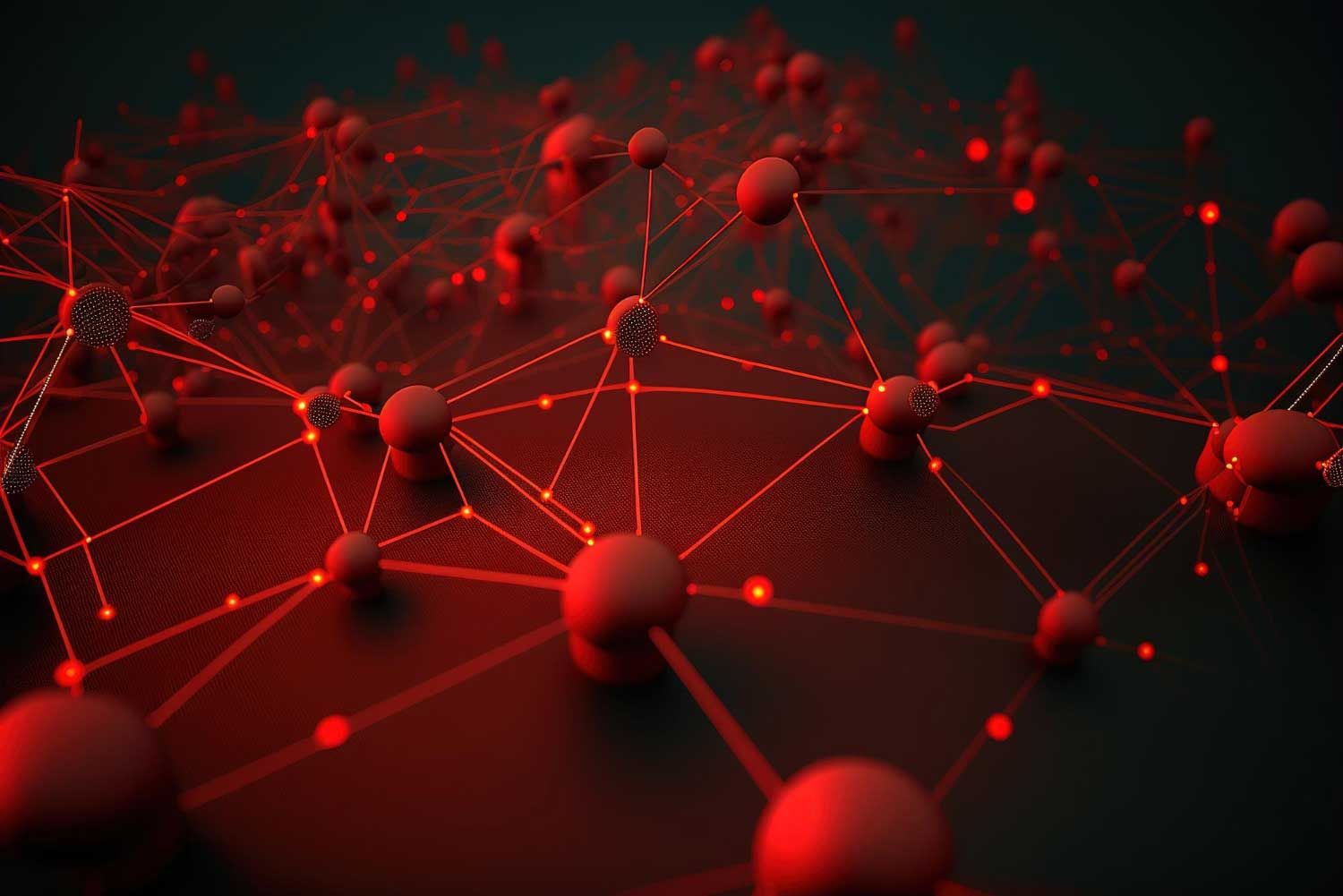Blood
Blood goes wireless
Tiny devices inside our bodies, like micro and nano-implants, gather crucial information, changing how we do medicine. Connecting them for communication has been challenging. But now, a worldwide team, including EPFL researchers, planned a molecular network with many transmitters.
First came the Internet of Things (IoT). Now, at the crossroads of computer science and biology, we have the Internet of Bio-Nano Things (IoBNT), set to transform medicine and healthcare. IoBNT involves
- Biosensors gathering and processing data,
- Tiny Labs-on-a-Chip running medical tests inside the body,
- Bacteria-designed nano-machines detecting pathogens and
- Nano-robots swim in the bloodstream for precise drug delivery and treatment.
Assistant Professor Haitham Al Hassanieh, head of the Laboratory of Sensing and Networking Systems in EPFL’s School of Computer and Communication Sciences (IC), explained, “Overall, this is a very, very exciting research field. With advances in bio-engineering, synthetic biology, and nanotechnology, the idea is that nano-biosensors will revolutionize medicine because they can reach places and do things that current devices or larger implants can’t.”
Despite the excitement in this cutting-edge field, a significant challenge persists: how do you communicate with a nano-robot inside someone’s body? Traditional methods like wireless radios are practical for large implants. However, they don’t scale to micro and nano sizes, and their signals can’t penetrate body fluids.
Now, there’s a solution called biomolecular communication, inspired by the body itself. It doesn’t use electromagnetic waves; instead, it relies on biological molecules as carriers and information, imitating the natural communication processes in biology. In its simplest form, it encodes “1” and “0” bits by releasing or not releasing molecular particles into the bloodstream, similar to ON-OFF-Keying in wireless networks.
Al Hassanieh said, “Biomolecular communication has emerged as the most suitable paradigm for networking nano-implants. It’s an incredible idea that we can send data by encoding it into molecules that go through the bloodstream. Like hormones, we can communicate with them, guiding them on where to go and when to release their treatments.”
Al Hassanieh and team, along with U.S. researchers, recently presented their paper at ACM SIGCOMM 2023. The paper “Towards Practical and Scalable Molecular Networks” introduces the MoMA (Molecular Multiple Access) protocol, allowing a molecular network with multiple transmitters.
According to Al Hassanieh, existing research must be more theoretical and work in real-life scenarios because it doesn’t account for biology. For instance, the body’s internal communication channel changes rapidly with each heartbeat, unlike what many theories assume – a stable and unchanging channel.
In MoMA, the team introduced new techniques to tackle challenges in molecular networks. They used packet detection, channel estimation, and encoding/decoding schemes tailored to the unique properties of molecular systems. Testing it on a synthetic experimental setup mimicking blood vessels, they found it can handle up to four transmitters, surpassing current technology.
Though they acknowledge that real-world challenges may differ, they see this as a vital step. The researchers stress the need for in-vivo testing in wet labs with micro-implants and micro-fluids for practical use. Despite this, they believe their foundational insights into molecular network design will remain valid, as their testbed’s underlying models are crucial to molecular communication.
Al Hassanieh concluded, “I am very excited about this area because it’s a new form of communication. We are a systems group; we like building things and getting them working. It’s taken time to develop the expertise we have in biomolecular communication. However, now we are at the stage where we are finding collaborators and can get things moving. People think this is science fiction, but it’s fast moving to science fact.”
The study emphasizes the significance of biomolecular communication as a solution to the communication hurdle in biological computing machines. By mimicking the body’s internal communication mechanisms, this approach shows promise in facilitating effective communication with nano-robots and other micro-scale devices within the human body. The potential applications extend to precise drug delivery, treatment, and a broader impact on the future of healthcare.
Journal reference:
- Jiaming Wang, Sevda Öğüt, et al., Towards Practical and Scalable Molecular Networks. DOI: 10.1145/3603269.3604881.

